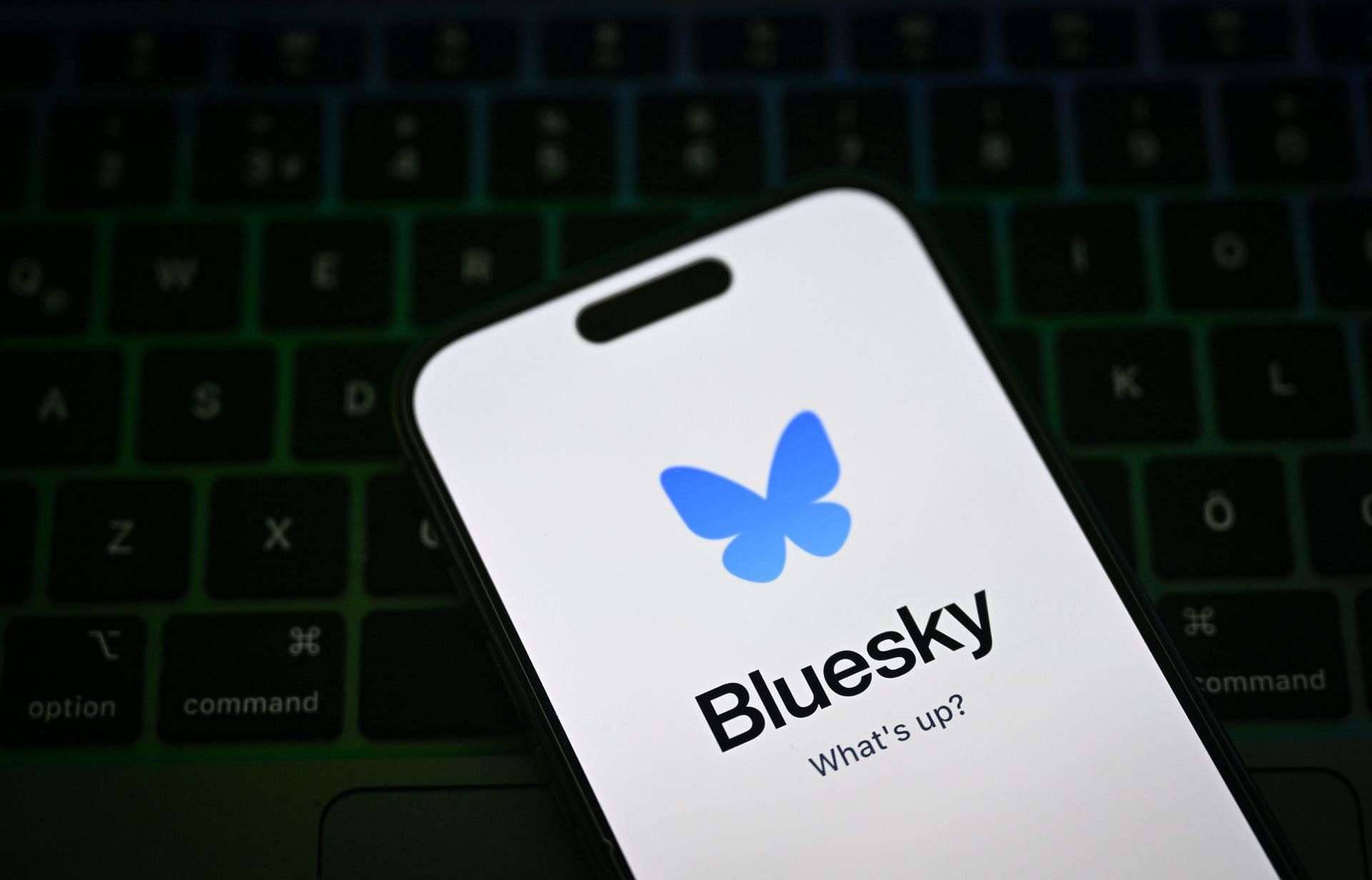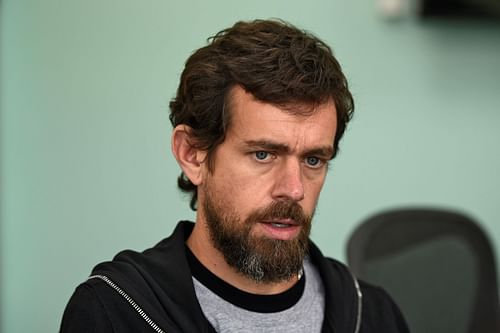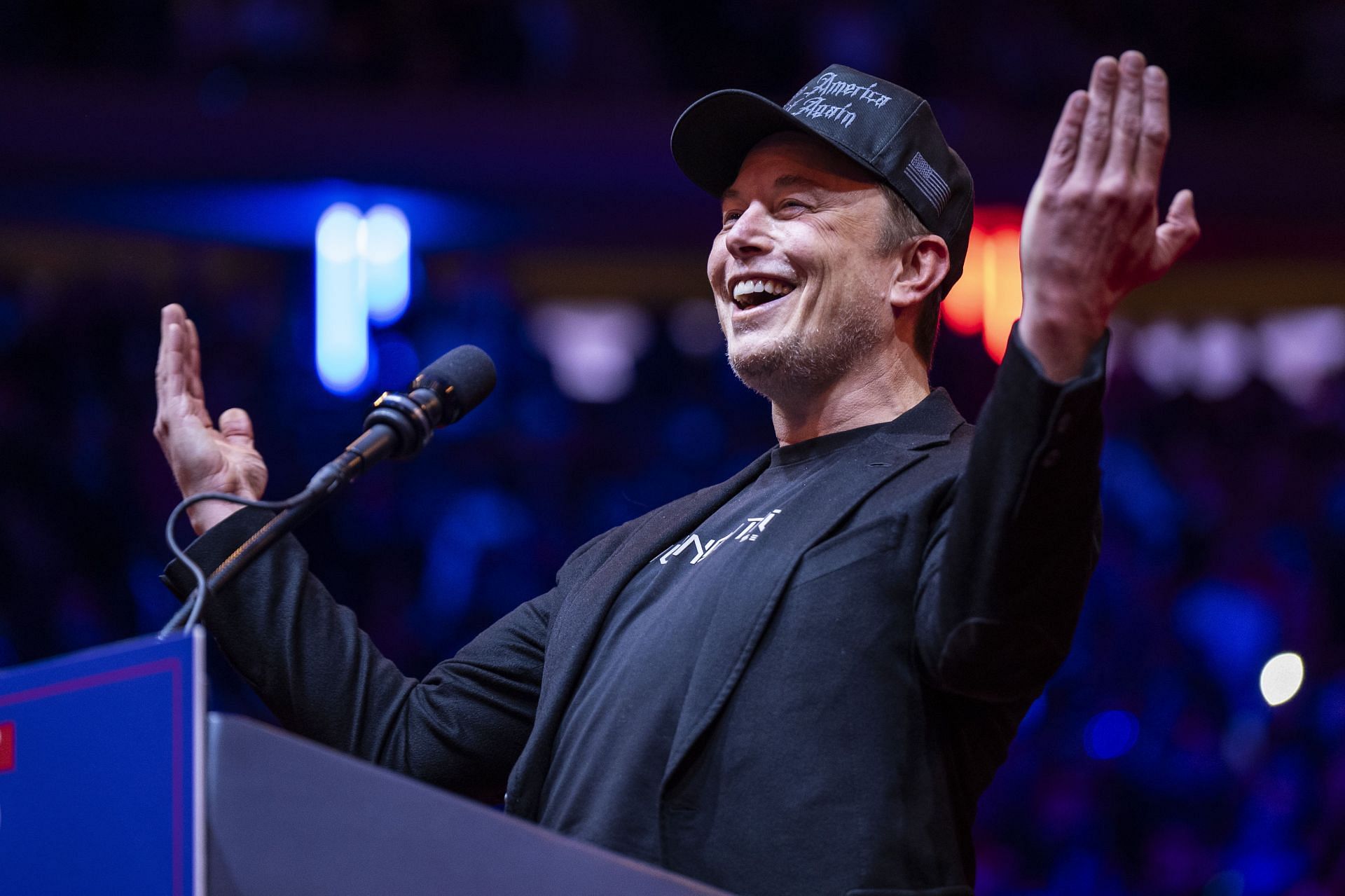
Who created Bluesky? Everything to know as X's rival platform adds 1 million new users after Trump's presidential win
Emerging social media site Bluesky gained over a million new users in the week following Donald Trump's victory in the United States presidential election. According to the company, the number of users went up to 15 million from roughly 13 million at the end of October.
Co-founder of X (then called Twitter) Jack Dorsey was one of the pioneers behind the starting of Bluesky in 2019. At present, Jay Graber is the CEO of the company. The project initially began as an invite-only space for a select cohort of users, to test its policies and other moderation tools. Further, in February 2024, the website was opened to the masses.

The website uses vertically scrolling text-based posts to show messages from users, who are depicted by round avatars of their profile photos. Icons below the posts show the number of likes, reposts, and comments received. Users who are familiar with sites like X and Instagram Threads will be able to relate to Bluesky's interface as well.
The app is made on a social media framework called AT, i.e., an Authenticated Transport framework. It is created by the company using a network of several different sites.
Why is Bluesky gaining followers in bulk after the U.S. elections?
Bluesky experienced an influx of new followers after Donald Trump's victory in the United States presidential election on November 6. The addition of new users, especially from the United Kingdom and North America, has helped the platform gain six million followers within roughly two months.
In an interview with The Guardian dated November 13, social media expert Axel Bruns explained the reason behind Bluesky's exponential growth. According to Bruns, the site offered a better system of suspending problematic accounts and controlling harmful content for the users.
“It’s become a refuge for people who want to have the kind of social media experience that Twitter used to provide, but without all the far-right activism, the misinformation, the hate speech, the bots and everything else,” Bruns said.
He also compared the platform with X, asserting:
“The more liberal kind of Twitter community has really now escaped from there and seems to have moved en masse to Bluesky.”
The post-election phase isn't the first time Bluesky has seen a surge in its user base. In August, the platform gained a whopping 2.6 million users in a week, when X was banned in Brazil. Furthermore, almost half a million users signed up in just one day last month, when X announced that blocked accounts would be able to see a user's public posts.

It is also worth noting that X's CEO, Elon Musk, has been one of the biggest backers of Donald Trump in the recently concluded elections. Meanwhile, after the U.S. elections, several right-leaning politicians, activists, and other celebrities posted that they were looking forward to using a social media site that was devoid of hate speech and propagandist advertisements.
For instance, television journalist Don Lemon announced that he was leaving X and would switch to other social media platforms, like Bluesky. Lemon explained that X wasn't the right place for "honest debate and discussion."
The journalist further noted that the platform's terms and conditions had changed, which stated that lawsuits against X would have to be filed in the Northern District of Texas instead of the Western District. In July, Musk had already announced that the headquarters of X would be moved from San Francisco to Bastrop, Texas.
“As the Washington Post recently reported on X’s decision to change the terms, this ‘ensures that such lawsuits will be heard in courthouses that are a hub for conservatives, which experts say could make it easier for X to shield itself from litigation and punish critics. I think that speaks for itself,” Lemon stated.
Despite the rapidly growing popularity of Bluesky, X claimed to have "dominated the global conversation on the U.S. election." On Election Day, the platform saw a rise in new-user signups by 15.5%, with a record 942 million posts worldwide. Furthermore, users spent a total of 2.2 million hours watching or listening to 159.6 thousand live events.